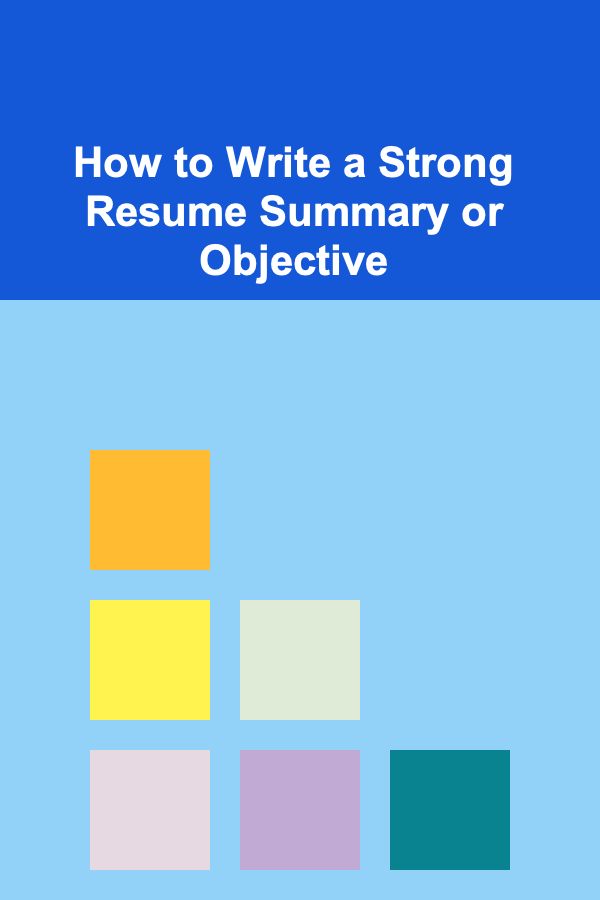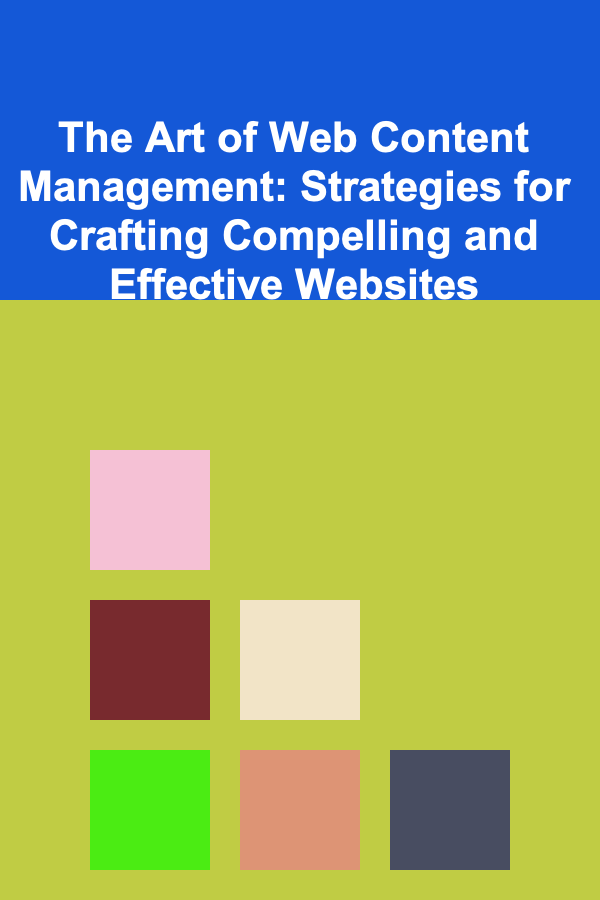
10 Tips for a Minimalist Gratitude Planner Design
ebook include PDF & Audio bundle (Micro Guide)
$12.99$10.99
Limited Time Offer! Order within the next:
Not available at this time

Gratitude is one of the most powerful practices to improve mental well-being and cultivate a positive mindset. Many people have found journaling their gratitude can significantly impact their daily lives, bringing more joy, mindfulness, and perspective. However, while gratitude is simple, the tools we use to record it can become overwhelming if not carefully designed.
A minimalist gratitude planner can be the perfect way to focus on what matters most without distractions. Its simple, uncluttered design can help you channel your thoughts, focus on the present moment, and create a deeper connection to the practice of gratitude. In this article, we will explore 10 tips for designing a minimalist gratitude planner that promotes mindfulness, clarity, and inner peace.
Embrace Simple Layouts
A minimalist gratitude planner should prioritize simplicity in its layout. A clean design allows you to focus on the essence of gratitude without overwhelming yourself with too much information or decoration. Choose a layout that includes just enough space for the essentials---such as a daily gratitude entry and space for reflections---while leaving room for calmness and clarity.
Tip: Use large white spaces around your entries. This helps in avoiding visual clutter and encourages a more reflective experience. A simple grid or lines can serve as a subtle guide without dominating the page.
Limit Your Color Palette
In minimalist design, less is more when it comes to colors. Choose a muted, neutral color palette for your planner to evoke calm and tranquility. Avoid using too many bright or bold colors, as they can distract from the practice of gratitude. Soft pastel tones, monochromatic shades, or even black and white can be very effective in creating an understated, peaceful aesthetic.
Tip: Use one or two accent colors for highlights or important sections such as headings. This helps maintain the minimalist appeal while adding just enough interest to the design.
Focus on Essential Sections
In a minimalist gratitude planner, every section should serve a purpose. The core focus is the practice of gratitude, so avoid adding unnecessary categories or pages. Stick to simple sections such as:
- Daily Gratitude: A space to write what you are grateful for each day.
- Weekly Reflection: A brief section to reflect on how practicing gratitude has impacted your week.
- Monthly Overview: A calendar-style layout to jot down major highlights or reflections from the month.
Tip: Think about the purpose of each section before adding it. If it doesn't directly support your gratitude practice or mindfulness, consider removing it.
Incorporate Minimalist Typography
Typography plays a crucial role in a minimalist design. Choose a simple and legible font that contributes to the clean aesthetic of the planner. Serif or sans-serif fonts work well, but avoid ornate or overly stylized fonts that can detract from the calm feeling of the planner.
Tip: Use larger fonts for headings and subheadings to create a sense of hierarchy and simplicity. Smaller fonts can be used for daily gratitude prompts or reflections.
Add Space for Daily Prompts
Daily prompts are a wonderful way to encourage you to reflect on your gratitude. In a minimalist gratitude planner, these prompts should be simple and not feel like a chore. Keep the prompts short, meaningful, and broad enough to allow for personal reflection. Examples of minimalist prompts might include:
- "What am I thankful for today?"
- "What made me smile today?"
- "How did I experience peace today?"
Tip: Include a few lines under each prompt, but don't overwhelm the user with too much space. A few lines should be enough to help you capture your thoughts without feeling pressured.
Incorporate Calming Illustrations or Icons
While minimalist design usually avoids heavy visuals, subtle icons or small illustrations can add a touch of charm and reinforce the theme of gratitude. Think of simple line drawings, such as leaves, hearts, or small geometric shapes, which enhance the design without distracting from the content.
Tip: Use icons sparingly. A small heart next to the gratitude prompt or a tiny flower at the top of a page can add beauty without overwhelming the layout.
Offer Flexibility for Personalization
Minimalism doesn't mean rigidity. A minimalist gratitude planner should allow for personalization to accommodate different styles and preferences. Leave some blank spaces or customizable sections where users can add personal touches---like decorating the cover, adding inspirational quotes, or including a space for their vision board.
Tip: A blank page at the start of each month or section can give users the flexibility to include personal notes or additional reflections.
Choose Durable and High-Quality Materials
The design of your planner isn't just about aesthetics; the materials you choose will also contribute to its overall feel. A minimalist gratitude planner should be built to last. Opt for high-quality paper that feels good to write on, and a durable cover that will stand up to daily use. Choose materials that align with the minimal design, such as textured paper or a simple, smooth cover.
Tip: Leather or linen covers in neutral colors provide an elegant yet simple design. Choose a matte finish for the cover for a refined, understated look.
Prioritize Sustainability
Sustainability is an essential aspect of minimalism. For those who are conscious of their environmental footprint, consider using eco-friendly materials in your gratitude planner. Recycled paper, biodegradable inks, or vegan leather covers are excellent options to align your design with a commitment to sustainability.
Tip: Look for printing methods that minimize waste and pollution. Choosing local printers or self-publishing can also reduce your carbon footprint.
Incorporate Minimalist Inspirational Quotes
Incorporating thoughtful quotes can add depth to your minimalist gratitude planner. Choose short, meaningful quotes that align with the theme of gratitude and mindfulness. The key is to use these quotes sparingly---one or two on a page at most. The quotes should serve to inspire, not overwhelm.
Tip: Place the quotes in the margins or as headers at the beginning of sections. Keep the font size small and elegant to ensure the quotes complement the overall design without overpowering it.
Conclusion
A minimalist gratitude planner can be a powerful tool in your daily life, providing the space and structure needed to reflect on the positive aspects of each day. By focusing on simplicity, clarity, and intentional design, you can create a planner that not only encourages gratitude but also fosters mindfulness and calm.
By following these 10 tips, you'll design a planner that serves as a beautiful, functional tool for self-reflection, without the distractions of unnecessary details. Whether you're new to gratitude journaling or an experienced practitioner, the minimalist approach will help you focus on the practice itself, bringing peace and joy to your life.

How to Choose the Right Keywords for Your SEO Strategy
Read More
How to Prevent and Treat Cracks in Your Home's Walls and Ceiling
Read More
How to Write a Strong Resume Summary or Objective
Read More
The Art of Web Content Management: Strategies for Crafting Compelling and Effective Websites
Read More
How to Master Double Exposure Photography
Read More
How To Become a Personal Trainer
Read MoreOther Products

How to Choose the Right Keywords for Your SEO Strategy
Read More
How to Prevent and Treat Cracks in Your Home's Walls and Ceiling
Read More
How to Write a Strong Resume Summary or Objective
Read More
The Art of Web Content Management: Strategies for Crafting Compelling and Effective Websites
Read More
How to Master Double Exposure Photography
Read More